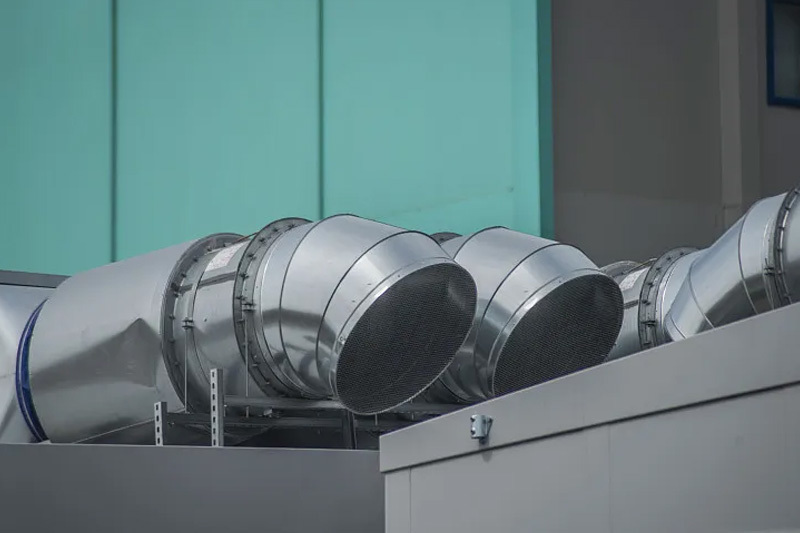Advantages of energy-saving and environmentally friendly air conditioning
Release time:
2025-02-10
With the rapid development of society, energy-saving and environmentally friendly air conditioners are gradually replacing traditional air conditioners. So what advantages do energy-saving and environmentally friendly air conditioners have compared to traditional air conditioners? Below, the editor of Kejing will introduce the 5 advantages of environmentally friendly air conditioners.
With the rapid development of society, energy-saving and environmentally friendly air conditioners are gradually replacing traditional air conditioners. So what advantages do energy-saving and environmentally friendly air conditioners have compared to traditional air conditioners? Below, the editor of Kejing will introduce five advantages of environmentally friendly air conditioners.
First: High efficiency and energy saving. Negative pressure ventilation cooling utilizes the combination of fans and water curtains, achieving cooling effects through the physical process of natural moisture evaporation, with power consumption only one-tenth that of traditional air conditioners.
Second: Ventilation and air permeability. With the mutual cooperation of the entire system, the negative pressure fan quickly and effectively expels the heat, waste gas, and odors generated by indoor personnel and machines, avoiding the long-term retention of heat and waste gas indoors, which can irritate the human body. The entire indoor air can be replaced in as little as one minute, a result that other ventilation cooling devices generally cannot achieve.
Third: Improved work efficiency. It addresses the issue of decreased attention among workers caused by heat and insufficient oxygen levels. Using water curtains for cooling not only solves the problem of heat in the factory but also generates negative ions during moisture evaporation, increasing the oxygen content in the air, which helps regulate mood, relieve fatigue, and improve work efficiency.
Fourth: Health and environmental protection. The system uses water as a refrigerant, causing no pollution to the environment during manufacturing and use. In addition to reducing air humidity, water curtains also purify dust and particles carried by incoming air. Efficiently circulating fresh air can effectively prevent occupational diseases and the transmission of infectious diseases.
Fifth: Strong applicability. The negative pressure ventilation cooling system has a wide range of applicability. It can exert significant effects in places with dense crowds, high heat sources, or poor ventilation that are prone to pollution. For example, textile workshops, garment workshops, injection molding workshops, hardware factories, shoe material factories, electronic factories, etc., can design corresponding systems based on different environments.
Energy-saving and environmentally friendly air conditioners are adapted to social development. In today's environment that advocates resource conservation and low-carbon environmental protection, the gradual replacement of traditional air conditioners by energy-saving and environmentally friendly air conditioners is an inevitable trend.




